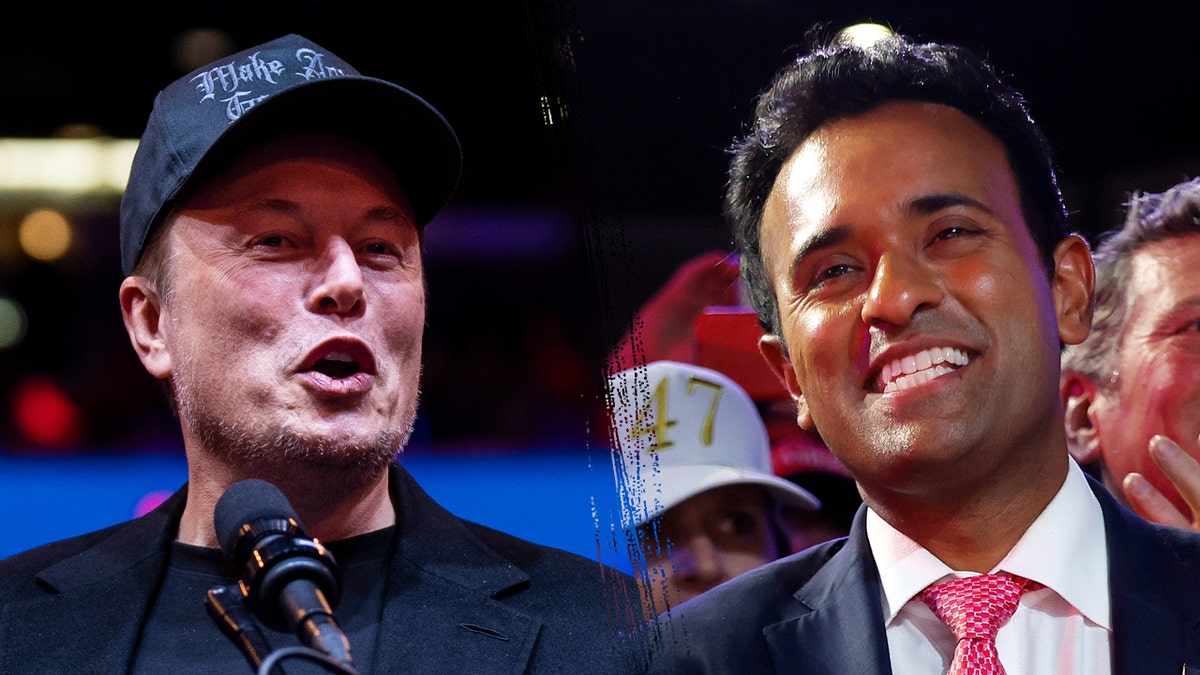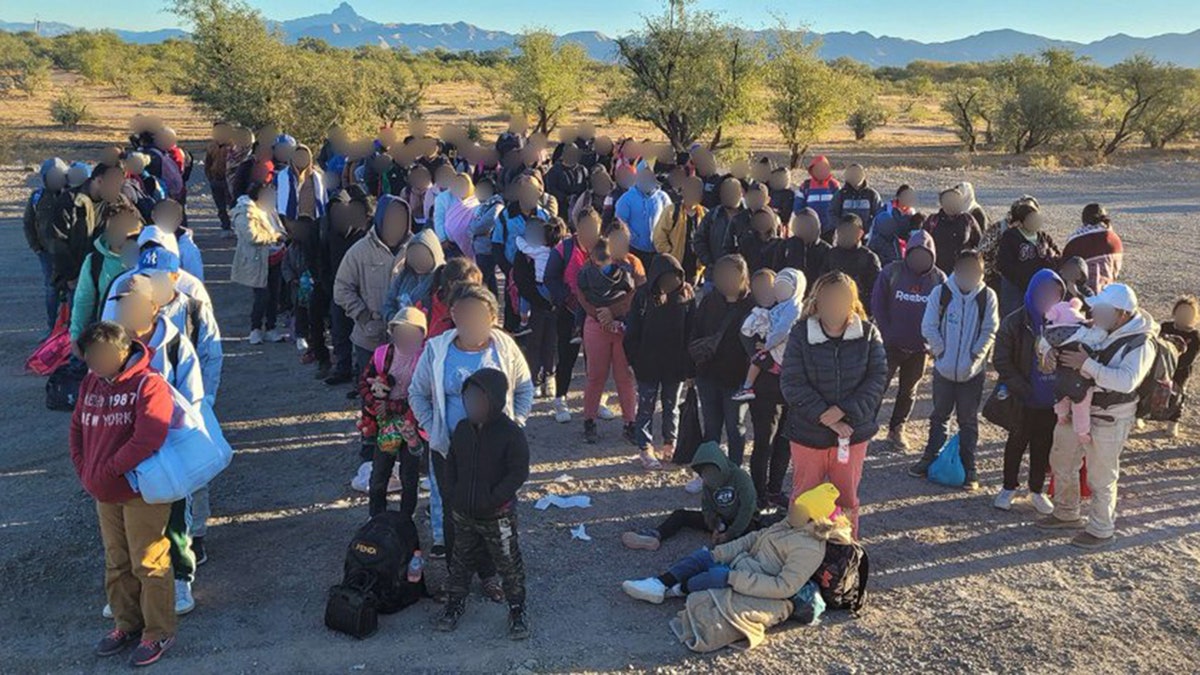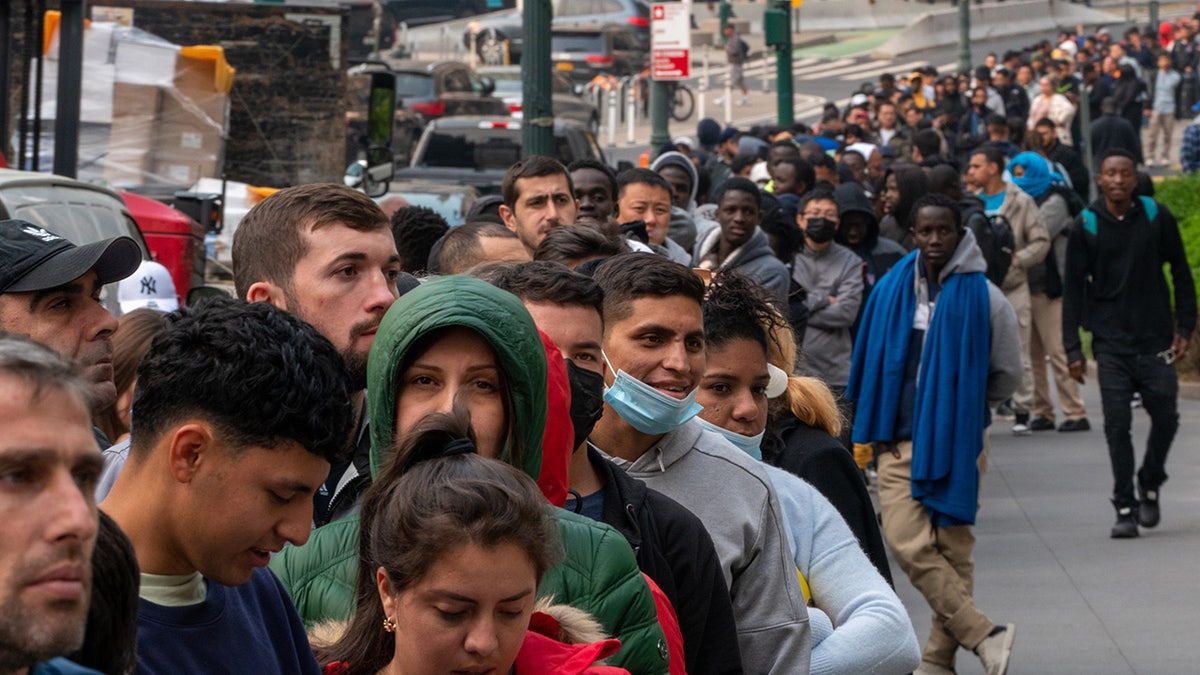Elon Musk and Vivek Ramaswamy's Department of Government Efficiency (DOGE) has set its sights on reducing federal spending on services for undocumented immigrants, as part of a broader initiative to streamline government expenditures. Though not an official government entity, DOGE is anticipated to play a key role in auditing and implementing reforms within various agencies under a potential Trump administration.
In a recent social media post, DOGE highlighted the substantial financial burden of illegal immigration, citing a figure of $150.7 billion in taxpayer expenses for 2023 alone. The organization drew comparisons to historical government expenditures, noting that the annual cost of illegal immigration rivals the total spending on significant projects like World War I, the Apollo program, and the Manhattan Project.

Elon Musk echoed these concerns online, expressing astonishment at the scale of spending related to illegal immigration. The data cited by DOGE originates from a 2023 study conducted by the Federation for American Immigration Reform (FAIR), which estimated the net cost of illegal immigration, encompassing federal, state, and local levels, to be at least $150.7 billion, or $1,156 per taxpayer. This represents a significant increase of nearly $35 billion compared to the 2017 figure of $116 billion.
FAIR arrived at this estimate by deducting the estimated tax revenue contributed by undocumented immigrants (just under $32 billion) from the overall negative economic impact attributed to illegal immigration ($182 billion). According to FAIR's breakdown, the federal government incurred $66 billion in expenses, while state and local governments shouldered over $115 billion.

Obtaining current official government data on spending related to illegal immigration proves challenging. A representative from the U.S. Government Accountability Office confirmed the lack of recent comprehensive federal cost estimates for immigration-related activities. While some reports exist on specific aspects, such as detention costs, these do not provide a holistic overview. Furthermore, available reports are dated, with updates still in progress.
FAIR's executive director, Julie Kirchner, contends that the $150.7 billion figure is likely an underestimate, given the continued growth of the undocumented immigrant population. She points out that the 2023 study used a population figure of 15.5 million, which FAIR now estimates to be over 16.8 million, further anticipating an upward revision. Kirchner also emphasizes that the study excluded state and local costs associated with migrant sheltering, which constitute a substantial portion of overall government spending in this area.

Major U.S. cities bear a considerable financial burden. New York City, grappling with an influx of nearly 100,000 asylum seekers, projects spending exceeding $12 billion through fiscal 2025. Chicago has reportedly spent $400 million on migrant services in the past two years. Kirchner highlights the growing trend of states using taxpayer funds to subsidize costs related to illegal immigration, effectively forcing state and local governments to absorb these expenses.
Looking ahead, Kirchner suggests that a potential Trump administration, working with DOGE, could prioritize ending government healthcare programs for undocumented immigrants and closing loopholes that allow access to tax credits. These measures, she believes, could lead to substantial savings for taxpayers. Kirchner expresses optimism that DOGE's efforts will address what she perceives as a concerning trend of government policies inadvertently incentivizing illegal immigration.
Comments(0)
Top Comments